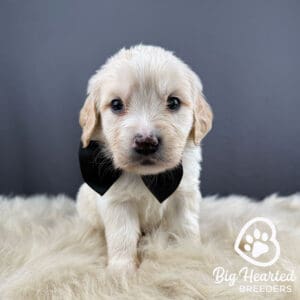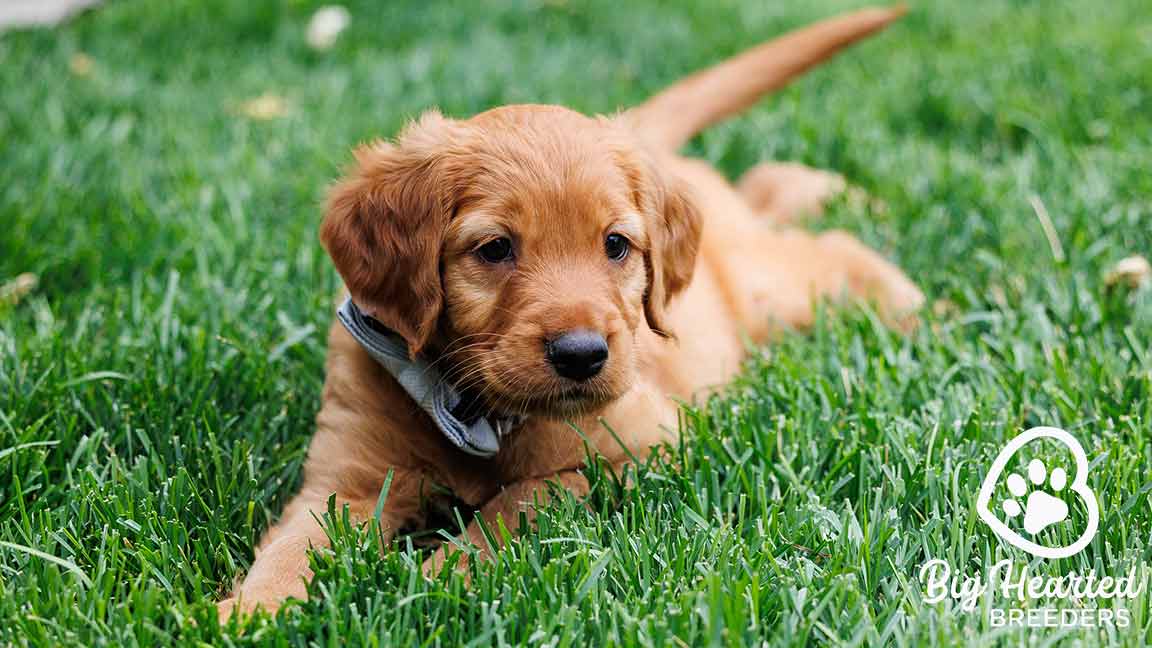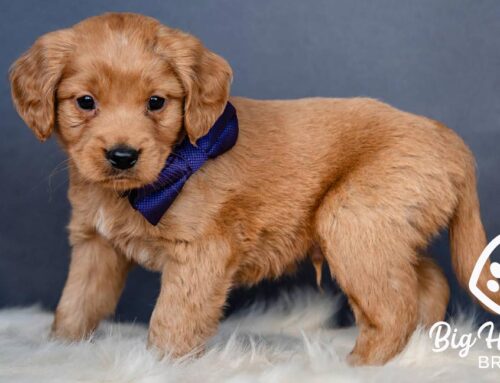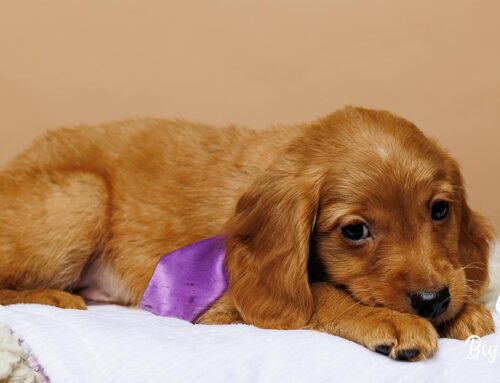How to Fly with a Dog In-Cabin
How to Fly with a Dog In-Cabin
So, you’re thinking about taking your pup to the skies? Whether it’s a beach vacation, a family visit, or a business trip with your favorite four-legged assistant, flying with your dog in the cabin is totally doable, and with the right prep, it can even be fun. (Yes, fun. We said it.)
We’re here to walk (or wag) you through how to fly with a dog in-cabin, what airlines to look at, how to prepare your pooch, and what to pack so you’re not frantically searching for poop bags at 30,000 feet.
Let’s buckle up and dig in!
Why In-Cabin Beats Cargo (Every Time)
Before we go any further, let’s make one thing clear: we don’t recommend flying your dog in cargo. It’s loud, it’s stressful, and your dog can’t send you passive-aggressive texts from the belly of the plane.
That’s why we’re big fans of in-cabin travel. When you’re learning how to fly with a dog in-cabin, you’re choosing a calmer, safer, and more comfortable experience for your pup, plus you get to stare lovingly into their eyes instead of the seatback screen.

JSX: The VIP Option for Dogs Under 65 lbs 🐾✈️
Want the best-kept secret in pet travel? Say hello to JSX Airlines. They’re a semi-private jet service that lets dogs under 65 pounds fly in-cabin, not under a seat, not in a carrier, but right next to you in their very own seat. Yes, seriously.
- No cargo hold
- No crate required
- No sad puppy eyes behind mesh wall
If you’re wondering how to fly with a dog in-cabin and want to skip the stressful juggling act of fitting a crate under a tiny seat, JSX is the dream. Just book an extra seat for your pup (at a discounted pet fare), and let them ride in luxury like the star they are.
Airlines That Allow Dogs In-Cabin
If JSX isn’t an option for your route, these major airlines allow dogs to fly in-cabin (with some restrictions):
- Alaska Airlines – Dogs must be in a soft-sided carrier under the seat. The weight limit is around 20 lbs, including the carrier. The pet fee is typically $100.
- American Airlines – Allows small dogs in a carrier under the seat. Combined weight (dog + carrier) should be around 20 lbs. The pet fee is $150.
- Delta Airlines – Accepts dogs under about 20 lbs in a soft carrier that fits under the seat. The pet fee is around $150.
- United Airlines – Similar rules: Dogs must fit in an under-seat carrier and weigh 20 pounds or less. The pet fee is $150.
- Southwest Airlines – Allows small dogs in carriers that fit under the seat. The weight limit is roughly 20 lbs. The pet fee is $95.
- Spirit Airlines – Dogs (and cats) travel in a soft-sided carrier under the seat. The combined weight of the pet and carrier must be under 40 pounds. The pet fee is about $110–$125 each way.
- JSX Airlines – Dogs under 65 pounds can fly in their own seat with no carrier required (as long as you book that seat for them). Pet fare is usually $100–$150.
How to Fly with a Dog In-Cabin: Step-by-Step

1. Book Your Flight Wisely
When learning how to fly with a dog in-cabin, timing matters. Choose nonstop flights when possible, and skip overnight red-eye flights if your dog doesn’t settle well in dark or unfamiliar environments, and aim for travel during your pup’s usual chill time (aka post-zoomie nap hours).
If you’re flying JSX, remember to book your pup’s seat in advance; they limit the number of in-cabin pets per flight.
2. Call the Airline After Booking
Most airlines require a follow-up call to confirm your pet’s reservation. Some have a cap on the number of pets allowed per cabin, so get in early!
3. Get a Vet Check & Health Certificate
Some airlines (especially for longer or interstate flights) may ask for a health certificate issued within 10 days of travel. Even if it’s not required, it’s a good idea to make sure your pup is fit to fly.
4. Introduce the Carrier (If Using One)
If your dog will be traveling in a carrier under the seat, start early! Make the carrier a fun, cozy place, treats, toys, and naps are encouraged. Knowing how to fly with a dog in-cabin means preparing them before takeoff.
If you’re flying JSX and skipping the crate, practice with your dog sitting calmly on a travel mat or blanket at home.

5. Pack a Doggie Travel Bag
Essentials include:
- Collapsible water bowl
- Treats and food
- Poop bags (trust us)
- Leash and harness
- Travel blanket or mat
- Chew toy for distraction (aka plane-friendly pacifier) such as pawTree’s Chillax to the Max™ CBD Bone
- Calming supplements—consider PawTree’s CBD Mega™. This vet-developed, broad-spectrum hemp extract supports calmness, cognitive function, and overall vitality, all without the psychoactive effects of THC (it contains less than 0.3%)
Bonus tip: line the carrier with a pee pad, just in case.
Day-of Travel Tips (a.k.a. Operation Calm Pup)
- Arrive Early: Allow time for potty breaks, check-in, and an “OMG we’re going on an airplane!” moment.
- Skip the Big Meal: Feed a light meal 4–6 hours before the flight to avoid tummy troubles.
- Walk it Out: Burn off some energy before boarding. A tired pup is a quiet, happy flyer.
- Calm Energy Only: Dogs mirror your vibe, so deep breaths, happy voices, and plenty of praise go a long way.
When you’re mastering how to fly with a dog in-cabin, remember: it’s about comfort and confidence for both of you.

What Happens On the Plane?
On most major airlines, your dog must stay in their carrier under the seat in front of you for the entire flight. That means no laps, no peeking heads, and no politely asking the flight attendant for peanuts.
But on JSX? Your pup can chill in their own seat, curled up beside you like they belong on a private jet runway. It’s by far the easiest way to handle how to fly with a dog in-cabin, especially for medium-sized dogs like our mini Golden Retrievers, who don’t fit under a seat.
What If Your Dog’s Not a Natural Jet-Setter?
Not every pup is born to fly—and that’s okay! If your dog becomes anxious in new places, consider consulting with your veterinarian or a professional trainer beforehand. You can also try:
- Desensitization: Short car rides, airport visits, even wheeling their carrier around the house.
- Calming supplements: One of our favorites is Chillax™ Large Chews from PawTree. These hemp soft chews are packed with calming herbs and ingredients that help ease stress, tension, and anxiety, whether it’s from travel, grooming, fireworks, or separation.
- Practice runs: Pretend travel days help reduce first-flight jitters.

Final Thoughts: Ready for Takeoff
So, how to fly with a dog in-cabin? It takes a little prep, a bit of patience, and a dash of peanut butter. But it’s absolutely worth it to have your furry co-pilot by your side.
Whether you’re soaring JSX-style with your 60-pound Doodle in a first-class seat (jealous!) or cruising quietly with your Chihuahua in a carrier, flying in-cabin gives your dog a safer, happier, and more connected travel experience.
At Big Hearted Breeders, we raise puppies to be confident, well-socialized, and ready for adventures, whether that’s a walk to the park or a cross-country flight. And when you know how to fly with a dog in-cabin, the sky really is the limit.
FAQ: Flying With Your Dog In-Cabin
Can my 30-pound dog fly in-cabin?
Yes, with JSX! Most major airlines limit in-cabin dogs to 20 pounds (including the carrier), but JSX allows dogs up to 65 pounds with their own seat.
Do I need a health certificate to fly?
Sometimes. Check your airline’s policy, but it’s a good idea to have one just in case.
How much does it cost to fly with a dog in-cabin?
Expect to pay $95–$150, depending on the airline. JSX’s pet fare for a seat is typically around $100–$150.
Can I take my dog out of the carrier during the flight?
Only on JSX. Traditional airlines require pets to remain in their carriers the entire time.
Is cargo ever a good option?
We don’t recommend it. It can be stressful and risky. In-cabin is safer, more comfortable, and lets your dog fly right by your side.





